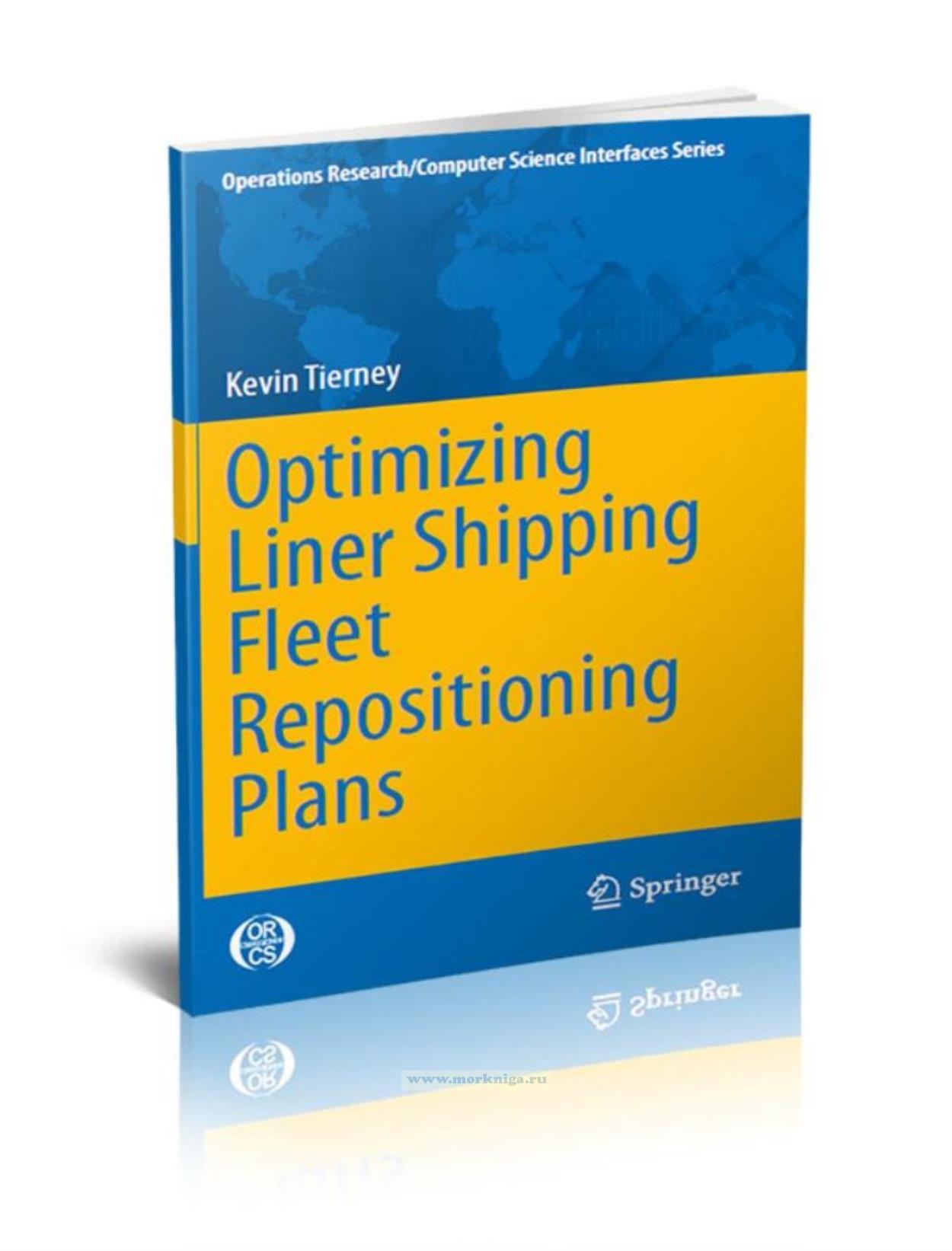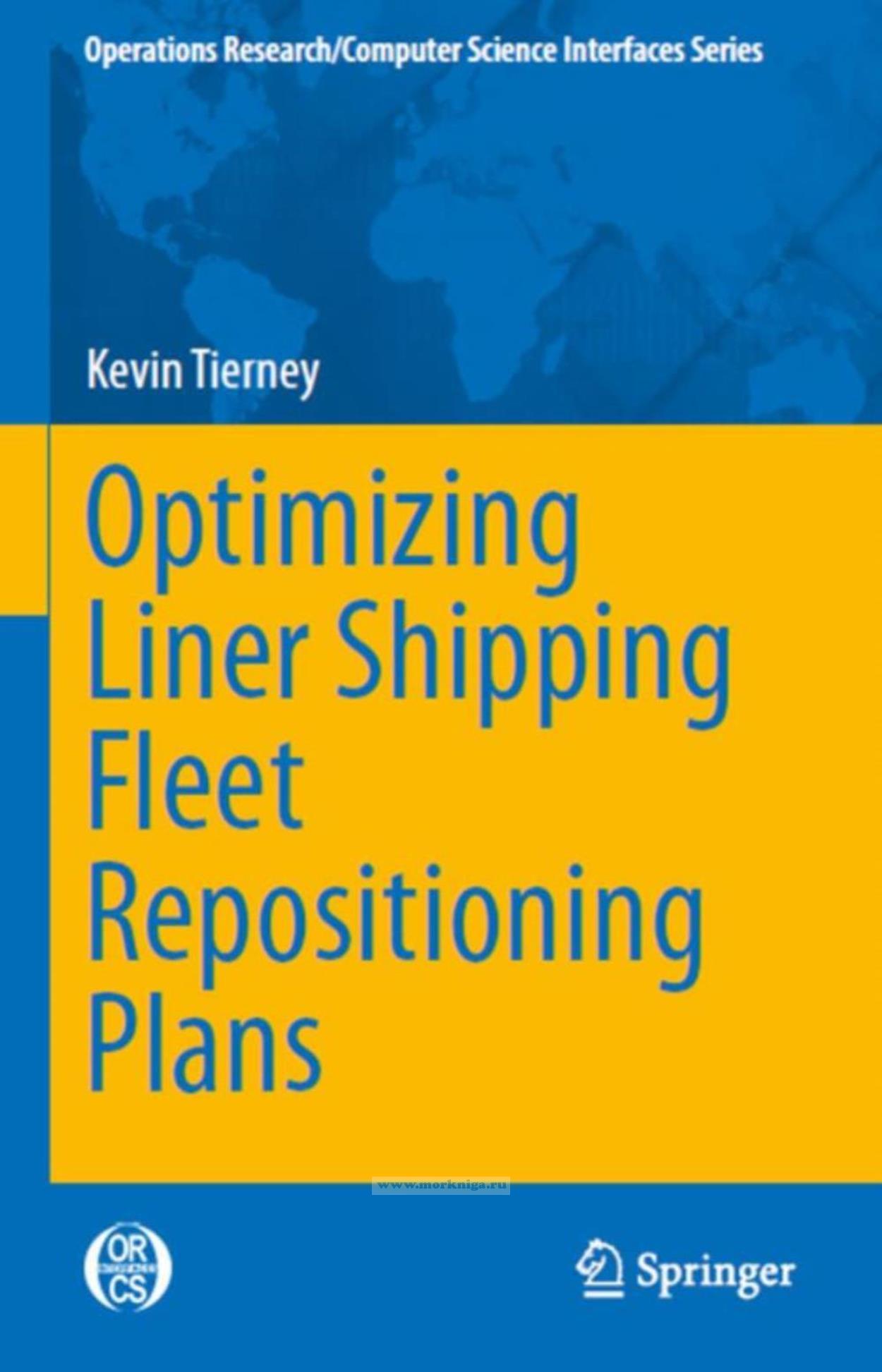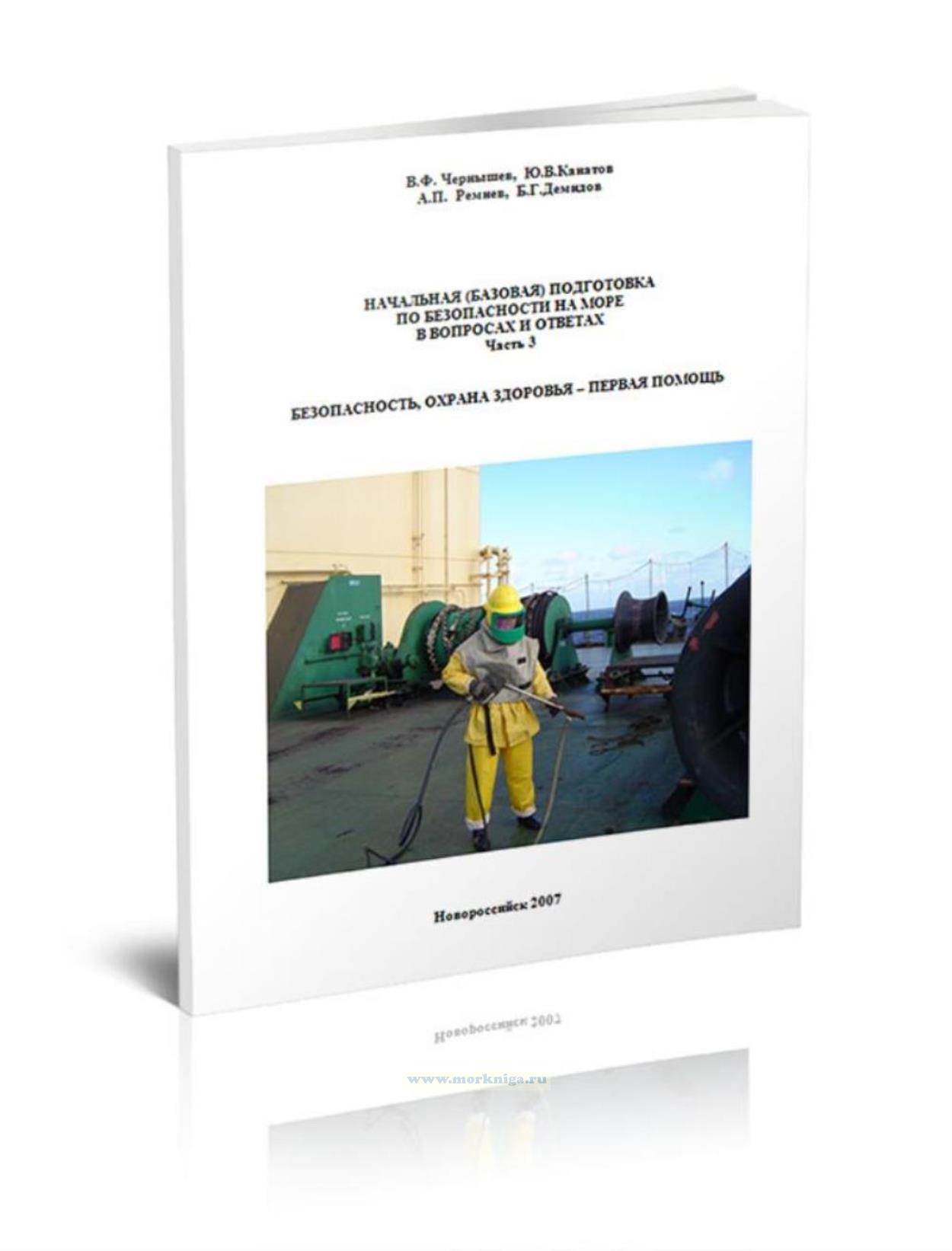Сб с 10 до 16
Optimizing Liner Shipping Fleet Repositioning Plans/Оптимизация планов перепрофилирования лайнеров
Издание на английском языке
This monograph addresses several critical problems to the operations of shipping lines and ports, and provides algorithms and mathematical models for use by shipping lines and port authorities for decision support. One of these problems is the repositioning of container ships in a liner shipping network in order to adjust the network to seasonal shifts in demand or changes in the world economy. We provide the first problem description and mathematical model of repositioning and define the liner shipping fleet repositioning problem (LSFRP). The LSFRP is characterized by chains of interacting activities with a multi-commodity flow over paths defined by the activities chosen. We first model the problem without cargo flows with a variety of well-known optimization techniques, as well as using a novel method called linear temporal optimization planning that combines linear programming with partial-order planning in a branch-and-bound framework. We then model the LSFRP with cargo flows, using several different mathematical models as well as two heuristic approaches. We evaluate our techniques on a real-world dataset that includes a scenario from our industrial collaborator. We show that our approaches scale to the size of problems faced by industry, and are also able to improve the profit on the reference scenario by over US$14 million.
Contents
1 Introduction
1.1 Approach and Contributions
1.2 Outline
2 Containerized Shipping
2.1 Containers
2.2 Liner Shipping Networks
2.3 Vessels
2.4 Carrier Alliances
2.5 Ports and Container Terminals
3 Liner Shipping Fleet Repositioning
3.1 Repositioning Overview
3.2 Phase-Out and Phase-In
3.3 Repositioning Activities
3.4 Asia-CA3 Case Study
3.5 Related Problems
3.6 Chapter Summary
4 Methodological Background
4.1 Automated Planning
4.2 Partial-Order Planning
4.3 Linear and Mixed-Integer Programming
4.4 Constraint Programming
4.5 Metaheuristics
5 Liner Shipping Fleet Repositioning Without Cargo
5.1 Dataset
5.2 A PDDL Model of Fleet Repositioning
5.3 Temporal Optimization Planning
5.4 A Mixed-Integer Programming Model of Fleet Repositioning
5.5 A Constraint Programming Model of Fleet Repositioning
5.6 Chapter Summary
6 Liner Shipping Fleet Repositioning with Cargo
6.1 Graph Construction
6.2 Arc Flow Model
6.3 Path-Based Model
6.4 LSFRP with Inflexible Visitations
6.5 Heuristic Approaches
6.6 Computational Complexity
6.7 Computational Evaluation
6.8 Chapter Summary
7 Conclusion
7.1 Outlook
A No Cargo LSFRP PDDL Domain
A.1 PDDL Model
A.2 Forward PDDL Domain
A.3 Reversed PDDL Domain
B An LTOP Model of Fleet Repositioning
B.1 Constants
B.2 State Variables
B.3 Optimization Variables
B.4 Initial and Goal States
B.5 Actions
References
Index


 Начальная подготовка по вопросам безопасности и инструктажу в вопросах и ответах "Безопасность, охрана здоровья- Первая помощь" Часть 3
Начальная подготовка по вопросам безопасности и инструктажу в вопросах и ответах "Безопасность, охрана здоровья- Первая помощь" Часть 3  Marine Structural Design Calculations. Расчет конструкции морского сооружения
Marine Structural Design Calculations. Расчет конструкции морского сооружения  Petroleum Rock Mechanics/Механика нефтяной породы
Petroleum Rock Mechanics/Механика нефтяной породы